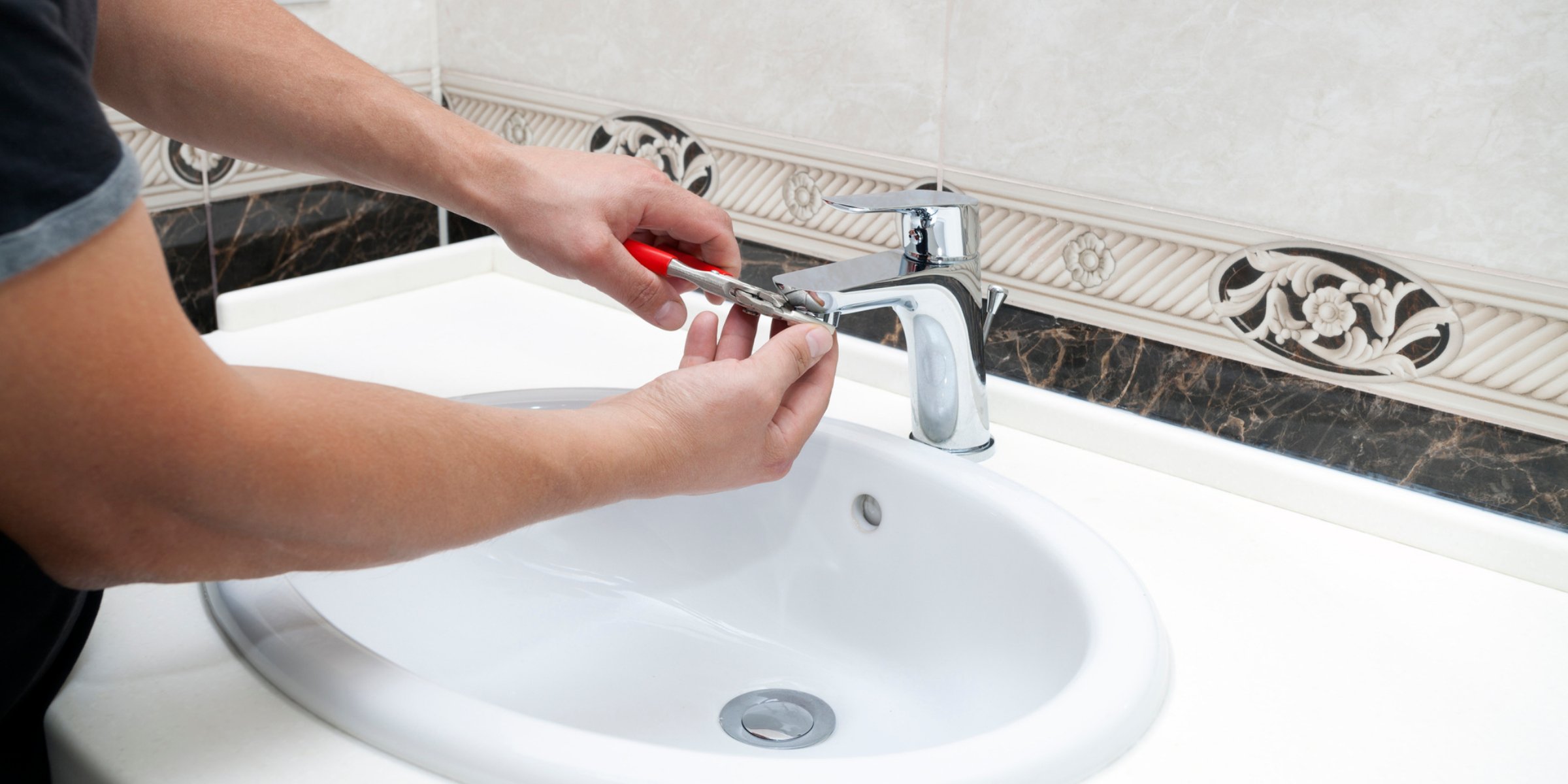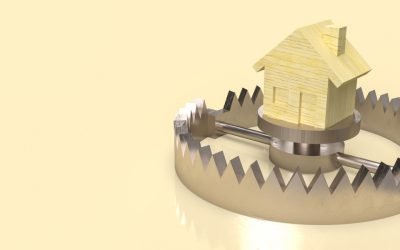Are you tired of your hard-earned rental income vanishing into thin air due to maintenance costs? You’re not alone. As a landlord, you yearn for the financial freedom that comes with your investment.
However, unexpected repair bills can quickly turn your dream into a financial burden. It’s time to take control. With these smart maintenance hacks, you’ll learn how to curb expenses without cutting corners.
By prioritizing preventive care and conducting regular inspections, you safeguard your property’s value. Investing in energy efficiency isn’t just eco-friendly—it’s wallet-friendly too. And when it comes to minor fixes, rolling up your sleeves for some DIY repairs can save you a bundle.
Clarify tenant responsibilities and choose cost-effective upgrades to ensure your property remains in top-notch condition while keeping your costs down. These strategies empower you to maximize profits and enjoy the liberty your investment should bring.
Key Takeaways
- Regular inspections and preventive maintenance can catch issues before they become costly repairs.
- Upgrading to energy-efficient appliances and systems reduces operating costs and enhances property value.
- Landlords can handle many maintenance tasks themselves, reducing expenses.
- Clear communication and setting clear expectations with tenants regarding maintenance responsibilities can minimize wear and tear.
Prioritize Preventive Maintenance
Regular inspections can save you a bundle by catching issues before they escalate into costly repairs. It’s crucial you don’t overlook the small signs of wear and tear that could spell big trouble down the line.
Keep an eagle eye on the condition of your property’s roof, plumbing, and electrical systems. These areas are prone to gradual damage that can suddenly break the bank if left unattended.
Remember, the freedom from unexpected financial strain comes with the responsibility of proactive care. Schedule these check-ups seasonally to stay ahead of the game. Investing time now in preventive measures means less downtime and expense fixing major problems later.
With consistent monitoring, you’ll be well-equipped to conduct regular inspections, the next vital step to maintaining your investment.
Conduct Regular Inspections
To minimize unexpected repairs, you need to adopt a preventative maintenance strategy that includes regular inspections.
Determine the frequency of your inspections to catch potential issues before they escalate.
Preventative Maintenance Strategy
Implementing a preventative maintenance strategy through consistent inspections can significantly reduce your long-term expenses as a landlord. Regular checks mean less downtime, fewer emergency repairs, and ultimately, more freedom for you to enjoy your earnings rather than pouring them back into costly fixes.
Here’s how you can touch base with your property’s condition:
- Bi-Annual Walkthroughs: Twice a year, thoroughly inspect your property. Look for potential issues like water damage or wear and tear that could escalate.
- Seasonal Checklists: Tailor inspections to the season—gutters in fall, AC units in spring.
- Tenant Reports: Encourage tenants to report issues promptly. This not only fosters good relations but also heads off minor problems before they become major headaches.
Stay vigilant, and you’ll not only safeguard your investment but also secure the liberty that comes with successful property management.
Schedule Inspection Frequency
Set up a routine inspection schedule to stay on top of your property’s maintenance needs and curb unforeseen repair costs. Regular inspections are your frontline defence against escalating expenses. By pinpointing problems early, you’re saving yourself from the headache of costly, complex repairs down the line.
Aim to inspect your properties at least biannually. Check critical systems like HVAC, roofing, and plumbing for wear and tear. Don’t overlook the exterior; issues there can quickly lead to interior damage. Use a detailed checklist for consistency and thoroughness. Record findings meticulously, and follow up promptly on any identified issues.
Embrace this proactive approach. It’ll afford you peace of mind and the liberty to enjoy the rewards of your investment with fewer interruptions.
Identify Potential Issues
Regular property walkthroughs help you spot subtle maintenance red flags before they escalate into costly repairs. Being proactive not only saves you money but also preserves the sense of freedom that comes with owning property without being chained to constant emergencies.
Here’s what you should zero in on:
- Water Damage: Look for stains on ceilings and walls. Early detection can prevent structural damage and mold.
- HVAC Performance: Listen for unusual noises and check for inconsistent temperatures. Regular servicing can extend the life of your system.
- Exterior Integrity: Inspect roofs, gutters, and foundations. Addressing small issues promptly can avoid major water intrusion and foundation problems.
Stay ahead of the game. Tackle these potential issues swiftly and retain your peace of mind and financial security.

Invest in Energy Efficiency
You’ll significantly reduce your property’s operating costs by upgrading to energy-efficient appliances and systems. Start with the basics: LED lighting, high-efficiency boilers, and double-paned windows. These aren’t just buzzwords; they’re investments that pay for themselves through lower utility bills and potential tax incentives. Consider smart thermostats that adapt to tenants’ habits, optimizing heating and cooling while trimming costs. Don’t overlook insulation—sealing up drafts can slash energy consumption dramatically.
With every energy-efficient upgrade, you’re not just saving money, you’re also future-proofing your property against rising energy prices. It’s a strategic move towards sustainability that can enhance your property’s value and appeal to eco-conscious tenants.
Now, let’s switch gears to another cost-saving strategy: embrace DIY repairs.
Embrace DIY Repairs
Many maintenance tasks can be handled yourself, further reducing your property’s expenses and boosting your bottom line. Rolling up your sleeves can be empowering, freeing you from the constraints of waiting on pricey professionals. Here’s a practical guide:
- Unclog Drains: With basic tools like a plunger or a drain snake, you can easily tackle slow-moving or clogged drains.
- Patch Drywall: Small holes or dings in walls can be fixed with spackle, sandpaper, and paint, restoring rooms to pristine condition.
- Replace Tap Washers: Dripping taps are often due to worn washers, a simple swap that you can do in minutes.
By mastering these repairs, you’ll feel a sense of accomplishment and control.
Now, let’s transition to understanding how to clarify tenant responsibilities to ensure they respect the work you’ve put into your property.

Clarify Tenant Responsibilities
While you’re mastering DIY repairs, it’s also crucial to set clear expectations with your tenants regarding their maintenance responsibilities. Ensure you’ve outlined which tasks fall under their purview in the lease agreement. Typically, tenants should handle everyday upkeep like changing light bulbs, keeping drains clear of clogs, and promptly reporting any issues beyond their control.
Educate them on proper appliance use and the importance of regular cleaning to prevent damage. Remember, a well-informed tenant is more likely to care for your property as if it were their own, minimizing wear and tear.
Establishing these boundaries empowers them with a sense of ownership while freeing you from micromanaging every minor issue. Clear communication is your ally in fostering a mutually beneficial landlord-tenant relationship.
Choose Cost-Effective Upgrades
Investing in high-quality, durable fixtures can save you a bundle on future repairs and replacements. When selecting improvements for your property, prioritize those that offer longevity and performance. Here’s how to make smart choices:
- Energy Efficiency: Upgrade to LED lighting and energy-efficient appliances. They often pay for themselves with lower utility bills, making your property more attractive and cost-effective.
- Low Maintenance Materials: Opt for materials like quartz countertops and vinyl flooring that resist wear and tear. You’ll have fewer headaches and happier tenants.
- Modern Amenities: Install programmable thermostats and high-efficiency water fixtures. They’re not just trendy; they’re tools of autonomy, allowing tenants to control their environment and save money.
Focus on upgrades that command respect for your property while empowering tenants to live with fewer restrictions.
Frequently Asked Questions
How Can Landlords Legally Pass on Maintenance Costs to Tenants Without Violating Lease Agreements or Local Housing Laws?
You must familiarize yourself with local regulations, draft clear lease terms, and negotiate maintenance clauses that don’t infringe on tenant rights, ensuring you maintain both legal compliance and your freedom as a landlord.
What Strategies Can Landlords Use to Screen for and Select Tenants Who Are Likely to Take Good Care of a Rental Property?
To select tenants who’ll care for your property, conduct thorough background checks, verify income, and contact previous landlords. Prioritize applicants demonstrating stability and responsibility, ensuring a mutual respect for property and freedom.
Are There Any Tax Deductions or Credits Available Specifically for Landlords Who Invest in Property Maintenance and Repairs?
Yes, you can trim your tax bill by deducting repair and maintenance expenses. Keep meticulous records to capitalize on these opportunities, ensuring your financial freedom remains unshackled from unnecessary costs.
How Can Landlords Effectively Handle Emergency Maintenance Issues While Minimizing Disruptions to Their Tenants and Costs to Themselves?
To handle emergency maintenance, you should establish a network of reliable contractors and implement a rapid communication system, ensuring quick fixes that respect your tenants’ comfort and your budget.
Can Landlords Form Partnerships With Local Tradespeople or Maintenance Companies to Secure Discounted Rates for Services, and What Are the Best Practices for Establishing Such Agreements?
You can indeed negotiate discounted rates by partnering with local tradespeople. Start by researching their reputation, then draft a mutually beneficial contract that ensures prompt, cost-effective service, granting you greater financial freedom.
- Rent-to-Rent Schemes: Hidden Dangers Lurk - July 6, 2024
- How to Sell Your House Fast in Kent - July 5, 2024
- 7 Tips to Sell Your House Fast - July 4, 2024


